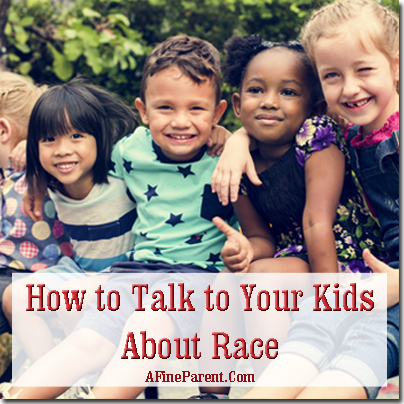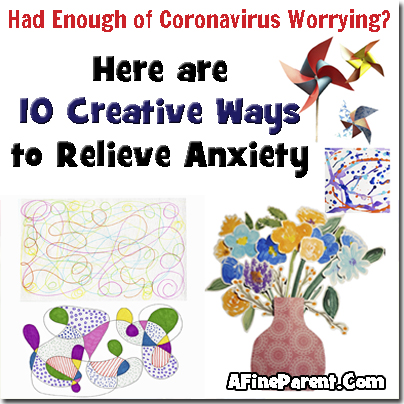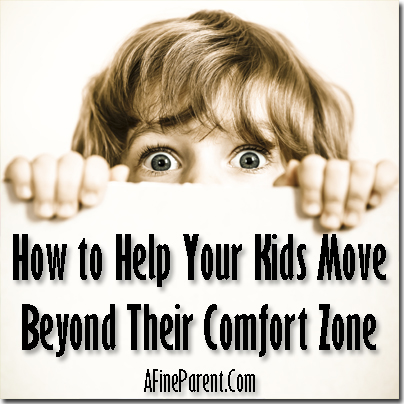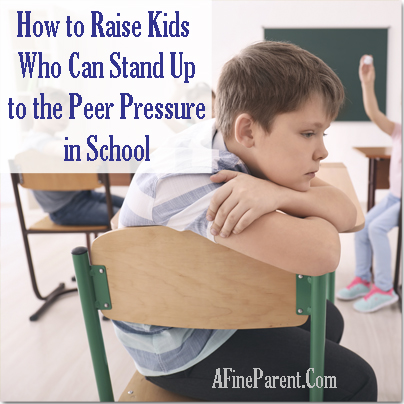 Before we dive in, take a moment to just breathe, okay? I know race is a touchy and important subject, like talking about the birds and the bees (that’s code for sex – for those of you who were spared that analogy as children) so it’s natural to have some anxiety about how or what to say and how your child will receive it.
Before we dive in, take a moment to just breathe, okay? I know race is a touchy and important subject, like talking about the birds and the bees (that’s code for sex – for those of you who were spared that analogy as children) so it’s natural to have some anxiety about how or what to say and how your child will receive it.
This isn’t relevant to just one race. It’s not a “how-to” guide for a specific group. So if you thought, “Oh, this isn’t for me,” I assure you, this is for everyone.
Imagine you’re a mother to a beautiful, curly-haired 8 year old with glowing brown skin, and you love him enough to move mountains for him.
I mean, why wouldn’t you? You literally let him reside, RENT FREE, in your body for nine months and then endured 16 hours of labor for him!
You spend nearly every waking moment thinking about how to make certain he grows to be the best version of himself, while ensuring he enjoys his childhood.
Then — all of a sudden — that very same bundle of 9 months pregnancy, 16 hours of labor and 8 years of unconditional love of a brown boy who turns to his strawberry-blond friend sitting next to him in the backseat of your car and says, “Sometimes I wish I was white like you.” As if it were nothing, as if he were simply saying, “My favorite ice-cream flavor is strawberry.” [Read more…]
 Vegetables and beans may not always be an adult’s first choice when deciding on a meal, let alone a child’s.
Vegetables and beans may not always be an adult’s first choice when deciding on a meal, let alone a child’s. The world has changed in the space of a few weeks.
The world has changed in the space of a few weeks. When I was a sophomore in high school, my parents sat the family down in the living room, opened up an enormous binder and asked my younger brother and me to pick a sister, any sister, from any country around the world.
When I was a sophomore in high school, my parents sat the family down in the living room, opened up an enormous binder and asked my younger brother and me to pick a sister, any sister, from any country around the world. Going to school for many kids is like going to war each and every day. It is a battleground where they are faced with the responsibility of making all kinds of decisions and having to deal with the consequences of their actions.
Going to school for many kids is like going to war each and every day. It is a battleground where they are faced with the responsibility of making all kinds of decisions and having to deal with the consequences of their actions.